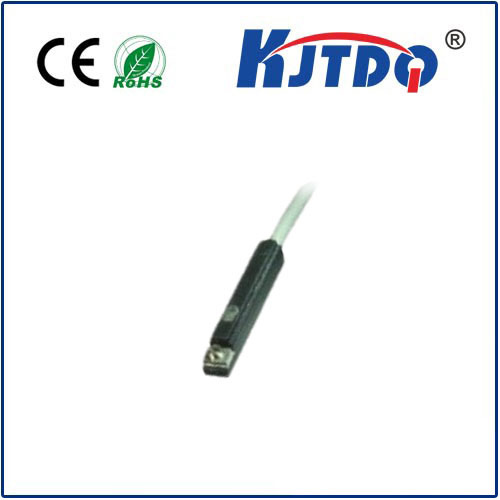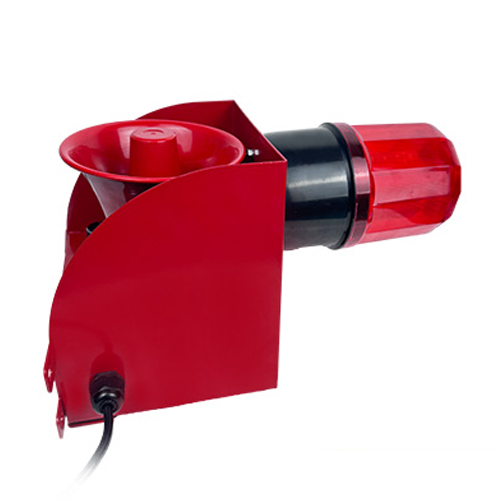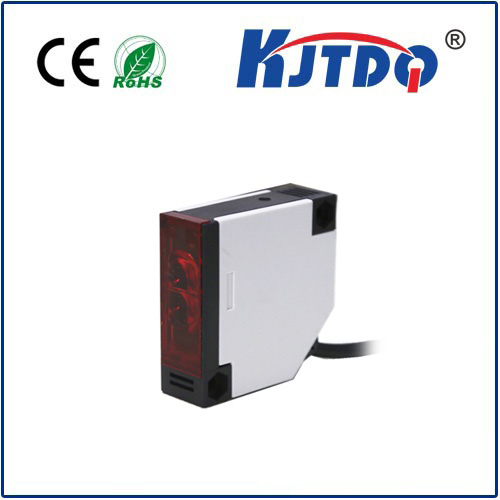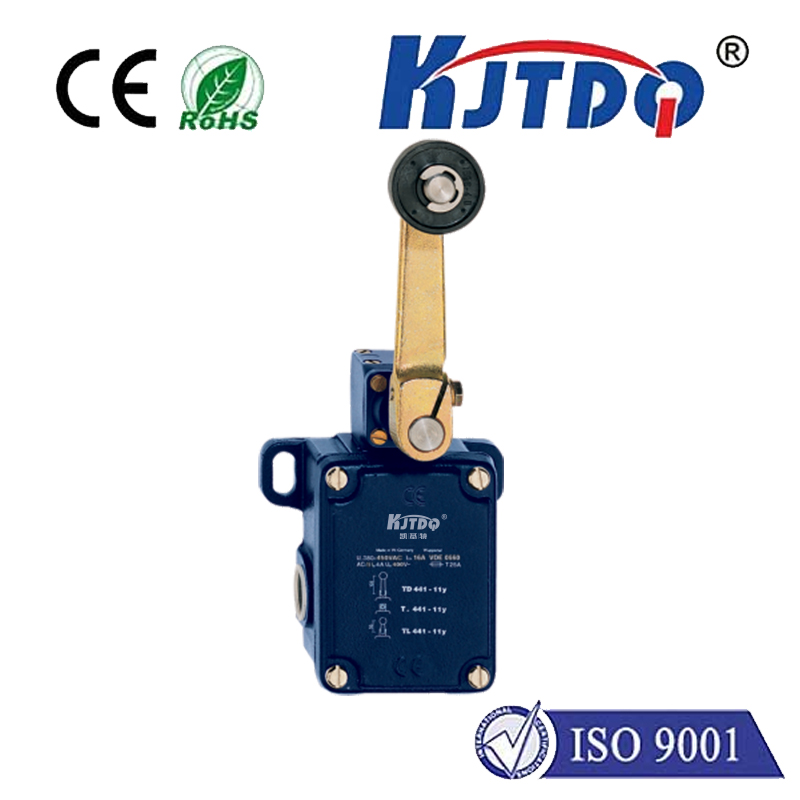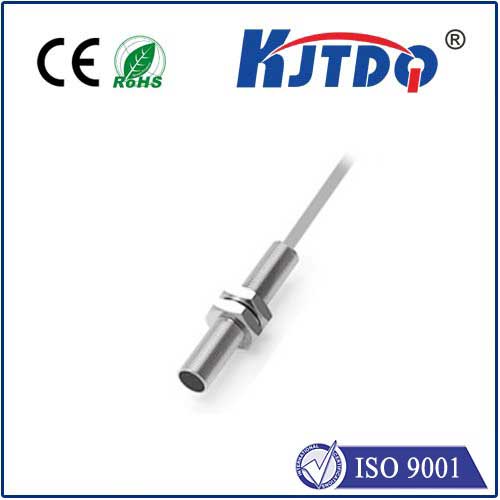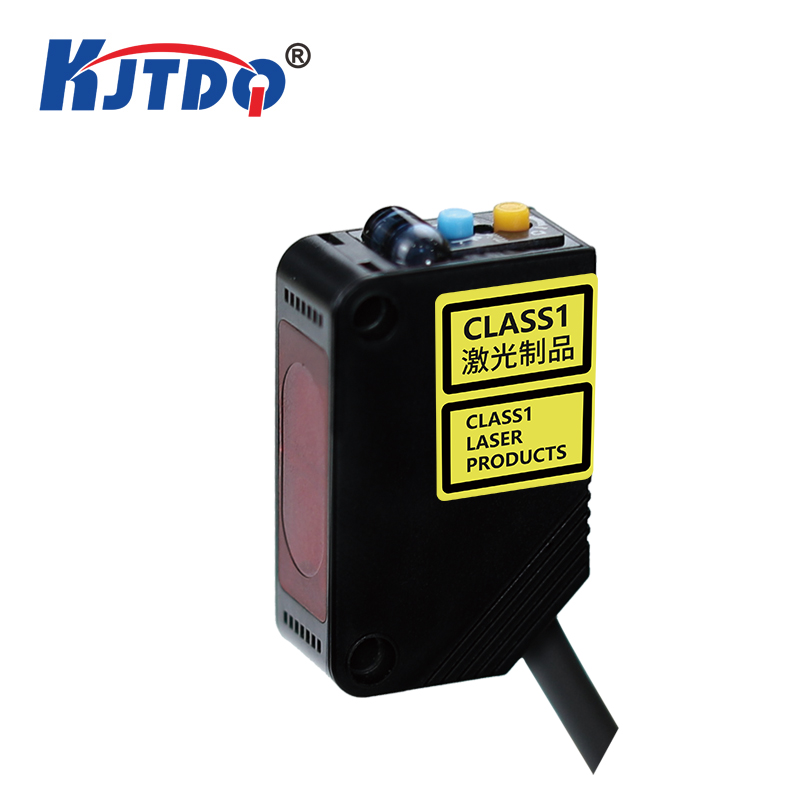rotary limit switch
- time:2025-07-30 11:55:16
- Click:0
The Essential Guide to Rotary Limit Switches: Precision Control for Industrial Safety
Imagine a massive crane hoisting tons of material high above a factory floor, or a complex conveyor system transporting products through intricate packaging lines. Now, imagine the potential chaos – or disaster – if these moving parts could simply travel endlessly without any defined stopping point. Preventing such scenarios is the critical, often unsung, role of the rotary limit switch. More than just a simple on/off trigger, this robust electromechanical device acts as the unfailing sentinel of movement, ensuring machinery operates safely and precisely within its intended parameters.
What Exactly is a Rotary Limit Switch?
At its core, a rotary limit switch is a position sensing device designed to monitor the angular rotation, or rotary motion, of a shaft or cam. Unlike linear limit switches that detect movement along a straight line, rotary versions track rotation. They convert this rotational movement into electrical signals that control circuits, primarily to start, stop, or change the state of machinery once a pre-set angular position is reached. Think of it as a programmable mechanical memory for rotational limits.
Why Do They Matter? Core Functions Unveiled

The significance of rotary limit switches lies in their fundamental capabilities:
- Position Control: They provide highly reliable feedback on the angular position of rotating components. This is indispensable for processes requiring precise stopping points or sequential operations based on shaft angle.
- Over-Travel Protection: This is their paramount safety function. By physically interrupting power via their contacts when a shaft rotates beyond a safe or operational limit, they prevent mechanical overload, structural damage, potential collisions, or hazardous situations for personnel. Failsafe mechanisms are often inherent in their design.
- Sequencing Operations: In complex machinery, different stages of a process often rely on specific positions of rotating elements. Rotary limit switches can initiate subsequent steps once a prior position is confirmed.
- Feedback for Control Systems: They provide vital positional data to Programmable Logic Controllers (PLCs) or other control systems, enabling automation and sophisticated monitoring.
Where Are Rotary Limit Switches Used? Key Applications
Their robustness and reliability make rotary limit switches ubiquitous across heavy industry and automation:
- Material Handling: Foundational in cranes and hoists to define upper and lower hook limits, prevent overwinding of cables, and control trolley and bridge travel limits. Essential on conveyor systems for speed synchronization, indexing, or diverting at specific points.
- Valve Control: Used to monitor the open and closed positions of large industrial valves (like butterfly or ball valves), providing critical confirmation for process control and safety.
- Packaging & Processing Machinery: Ensure precise positioning of filling heads, sealing mechanisms, capping heads, and indexing tables based on rotational stages.
- Construction Equipment: Monitor boom angles, winch positions, and rotational limits on excavators, concrete pumps, and aerial work platforms.
- Robotics: Provide reliable positional feedback for robotic arms or rotational joints.
- Wind Turbines: Used in pitch control systems to monitor blade angle and potentially as a safety backup against over-rotation.
- Agriculture: Implemented in large farming equipment for controlling conveyor positions, header heights, or implement angles.
Breaking Down the Key Components & Features
Understanding what makes a rotary limit switch tick helps in selection:
- Housing: Typically rugged (cast aluminum, stainless steel, robust plastic) to withstand harsh industrial environments – dust, moisture, vibration, and even chemical exposure. Protection ratings like IP65, IP66, or IP67 are crucial indicators.
- Rotating Shaft/Cam Follower: The input point. A shaft connects directly to the monitored rotating element, or a cam follower arm engages with a moving part. Sealed bearings ensure smooth operation and longevity.
- Actuation Mechanism: This is the “brain” translating rotation into electrical action. Common high-precision types include:
- Gear-Driven: Offers high accuracy via gear reduction.
- Cam-Operated: Uses adjustable cams on a shaft to actuate switches at specific angles. Offers excellent repeatability and flexibility.
- Magnetic: Non-contact operation using magnets and reed switches or Hall effect sensors, ideal for dirty or explosive environments.
- Switching Elements: The electrical contacts inside the housing that open or close circuits. These can be robust snap-action micro switches or solid-state sensors. Contact configurations (NO, NC) and ratings (current and voltage capacity) are vital considerations. Positive opening operation is a key safety feature.
- Adjustability: Most switches allow fine adjustment of the actuation points (angles). This is essential for precise positioning during setup and calibration. Look for easy-access adjustment screws or dials.
- Torque Range: The force required to turn the switch shaft. Must be appropriately matched to the application to avoid slippage or damage. Options range from low-torque encoders to high-torque models for heavy loads.
- Repeatability: The ability to consistently actuate at the exact same point cycle after cycle. High repeatability (often < 1°) is critical for precision applications.
Choosing the Right Rotary Limit Switch: Navigating the Options
Selecting the optimal rotary limit switch isn’t one-size-fits-all. Consider these factors meticulously:
- Environmental Conditions: Is the switch exposed to water, dust, corrosive chemicals, extreme temperatures, or heavy impacts? Choose the appropriate enclosure material (stainless steel preferred for harsh/clean environments) and IP/NEMA rating. Explosive atmospheres require intrinsically safe designs.
- Required Functionality: Is it purely for end-of-travel safety (over-travel protection), or for precise position feedback at multiple points? This dictates the complexity (number of cams/circuits) and actuation type needed.
- Mechanical Load: What is the rotational force (torque) applied to the shaft? Select a switch rated to handle the application’s torque without slipping or failing. High-torque models are essential for heavy machinery linkages.
- Electrical Requirements: What is the circuit voltage and current? Match the switch contact ratings precisely to avoid premature contact failure or welding. Consider DC vs AC loads.
- Accuracy & Repeatability Needed: Define the tolerance for angular position detection. High-precision applications demand gear-driven or cam-operated switches known for excellent repeatability.
- Mounting Configuration: How will it physically attach to the machine? Shaft connection type (keyway, spline, hollow shaft), orientation, and mounting bracket requirements matter.
- Safety Criticality: If the switch is the last line of defense against a dangerous event, prioritize switches certified to relevant standards (e.g., IEC/EN 60947-5-1) and featuring positive opening contacts (forced break upon actuation).
The Undeniable Value of Reliability
While often perceived as simple components, rotary limit switches are fundamental pillars of industrial safety and operational efficiency. Their robust construction, precise actuation, and inherent reliability provide the critical control and assurance needed to prevent costly downtime, protect expensive equipment, and, most importantly, safeguard human workers. From preventing crane booms from collapsing to ensuring a














